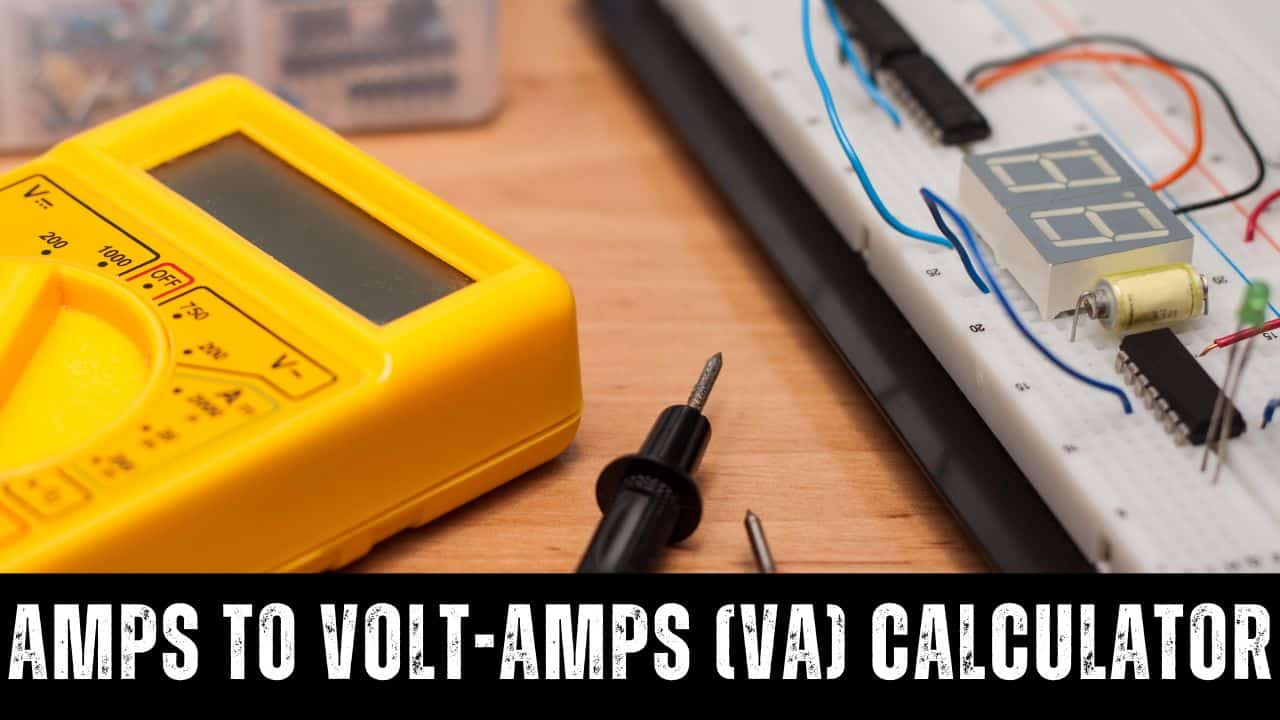Amps to VA Calculator

Amps to Volt-Amps (VA) Formulas
Single Phase Calculation
The apparent power S in volt-amps is equal to the current I in amps multiplied by the voltage V in volts:
Where:
- S(VA): Apparent power in Volt-Amps (VA)
- I(A): Current in Amperes (A)
- V(V): Voltage in Volts (V)
This formula is commonly used in electrical engineering to determine the apparent power flowing through a circuit when the current and voltage are known.
Three Phase Calculation
Calculation with Line to Line Voltage
The apparent power S in volt-amps (with balanced loads) is equal to the phase current I in amps multiplied by the square root of 3 times the line to line RMS voltage VL-L in volts:
Where:
- S(VA): Apparent power in Volt-Amps (VA)
- I(A): Current in Amperes (A)
- VL-L(V): Line to line voltage in Volts (V)
This formula is used for three-phase systems where the voltage is measured between two phases.
Calculation with Line to Neutral Voltage
The apparent power S in volt-amps (with balanced loads) is equal to the phase current I in amps multiplied by 3 times the line to neutral RMS voltage VL-N in volts:
Where:
- S(VA): Apparent power in Volt-Amps (VA)
- I(A): Current in Amperes (A)
- VL-N(V): Line to neutral voltage in Volts (V)
This formula is particularly useful in systems where the voltage is measured from a phase to the neutral point, such as in residential electrical systems.
Practical Example
For instance, if you have a single-phase system with a current of 10 A and a voltage of 230 V, the apparent power can be calculated as follows:
S(VA) = 10 A × 230 V = 2300 VA
This means that the apparent power flowing through the circuit is approximately 2300 Volt-Amps.
